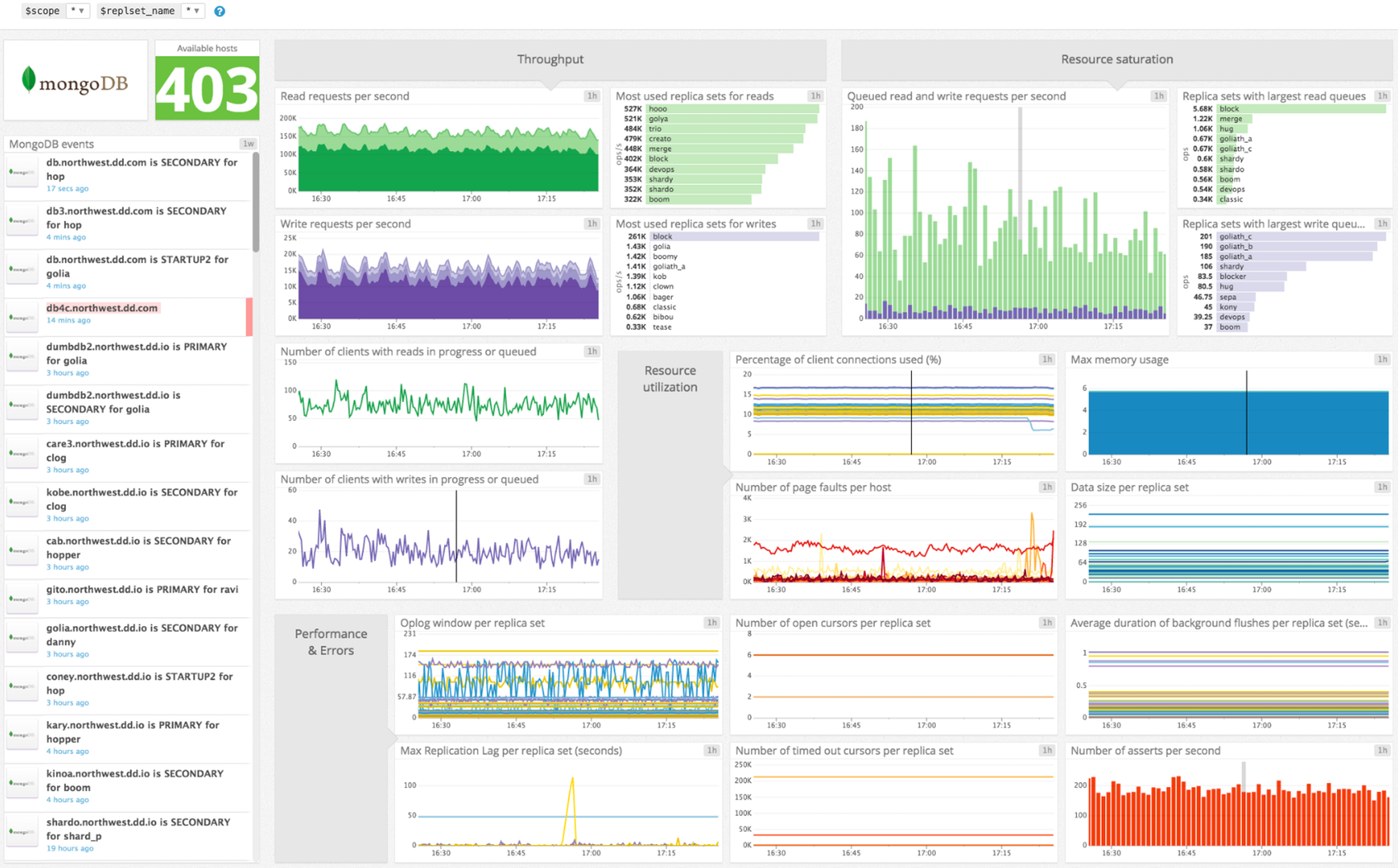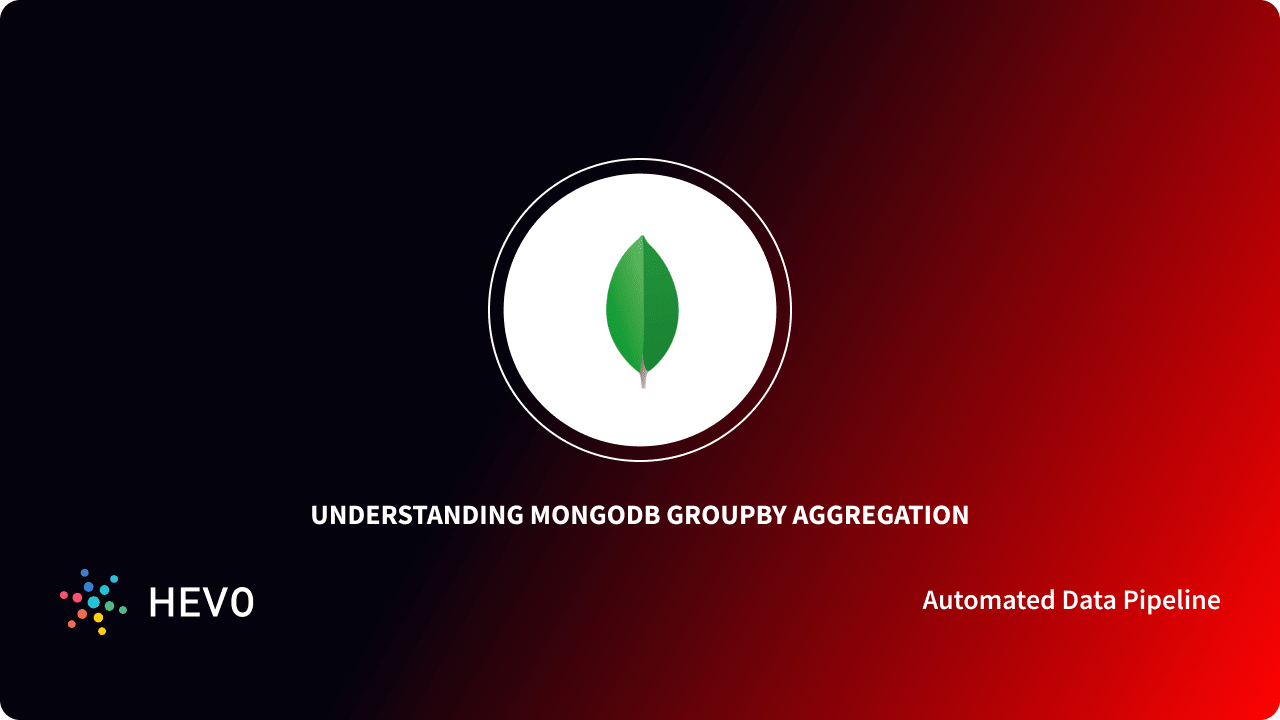

- #AGGREGATE MONGODB PYTHON EXAMPLE DAY BY DAY HOW TO#
- #AGGREGATE MONGODB PYTHON EXAMPLE DAY BY DAY CODE#
- #AGGREGATE MONGODB PYTHON EXAMPLE DAY BY DAY SERIES#
$match filters the data and pass the matching data to the next stage of Pipeline. In SQL we use Where to filter the data and same is here.If we need to pass only a subset of our data in next stage of Aggregation Pipeline then we use $match. home Front End HTML CSS JavaScript HTML5 php.js Twitter Bootstrap Responsive Web Design tutorial Zurb Foundation 3 tutorials Pure CSS HTML5 Canvas JavaScript Course Icon Angular Vue Jest Mocha NPM Yarn Back End PHP Python Java Node.js Ruby C programming PHP Composer Laravel PHPUnit Database SQL(2003 standard of ANSI) MySQL PostgreSQL. We will see different stages and how they works on this Student Collection.So Let's ready for some good stuff $match
#AGGREGATE MONGODB PYTHON EXAMPLE DAY BY DAY CODE#
Now suppose we have a School database and have a Student Collection as belowĬopy Code db.Student.insert() So much talk Its time to understand some pipeline stages and Operators with some examples. It will perform the left outer join with another collection in same database. To calculate the sum of all the numeric values. It will change the order of documents either in ascending or descending. This will group the documents and pass them to the next stage of Aggregation pipeline. Multiple accumulators in MongoDB Group Aggregation query for day,week,month and year asked in Web Technology by Rajesh Malhotra ( 19.
#AGGREGATE MONGODB PYTHON EXAMPLE DAY BY DAY HOW TO#
I highly recommend you start with my first post, Basic MongoDB Operations in Python, which will show you how to get set up correctly with a free MongoDB Atlas database cluster containing the sample data youll be working with here.
#AGGREGATE MONGODB PYTHON EXAMPLE DAY BY DAY SERIES#
x is the number of the documents which will pass through the next stage of pipeline. This quick start is the second in a series of Python posts.

Limit the first x unmodified documents and pass them to next stage of pipeline. This will filter the documents and will pass only matching documents to next pipeline stage. Passes the fields to next stage with existing Fields or with New fields.We can add new Fields dynamically We have below Stages (Its not a complete list,For complete list visit MongoDB official Site) in Aggregation Pipeline and Mapping with Sql Server so that we can have a clear picture assuming that we have a little knowledge of SQL server In SQL Each stage change or transform the document and finally we get the computed result. When we use Aggregation Framework, MongoDB pass document of a collection through a pipeline.In this pipeline document passes through different stages.

Pipeline : Aggregation Pipeline is a framework which performs aggregation for us. syntax of Aggregation function isĬopy Code db.collectionName.aggregate(pipeline options)ĬollectionName : CollectionName is the name of collection on which we want to apply aggregate function. To achieve the Aggregation we use Aggregate Function in MongoDB. So it will good to cover my below articles before thisġ. Mongo DB Tutorial and Mapping of SQL and Mongo DB Queryģ.MongoDB Tutorial - Day 3 (Performance - Indexing) doing this, works fine for UTC: BasicDBObject groupi. Well, I want to perform aggregation by year,month day in a different timezone (CET). To know more about Date Aggregation Operators, visit the link. I have a MongoDB whom store the date objects in UTC. If the way the syntax was described in this question was actually to be implemented in MongoDB some day. It will be good to have some MongoDB knowledge before this. python mongodb datetime mongodb-query pymongo. So what is Aggregation :- In one liner we can say Aggregation performs operations on documents and provide the computed result. MongoDB Introduce a big change in 2.2 release named Aggregation Framework.Before Aggregation framework MongoDB used Map/Reduce for such type of operations.So Aggregation is an alternative of Map/Reduce. In this Article we will see one of the vital feature of MongoDB : - Aggregation .Till now we learn how to Insert/Update/Delete and Indexing in MongoDB but if we talk about real world application then can't live without Aggregation. The $redact operator incorporates the functionality of $project and $match pipeline and will return all documents match the condition using $$KEEP and discard from the pipeline those that don't match using the $$PRUNE variable.Welcome to Day 4 (Believe me it will take more than one day) of MongoDB Tutorial. This will give you the power to use the Date Aggregation Operators in your query as follows: month = 11 Use the $expr operator which allows the use of aggregation expressions within the query language.


 0 kommentar(er)
0 kommentar(er)
